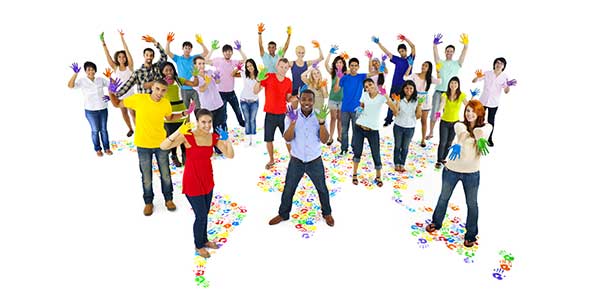World Ethnic Groups Quiz
- AP Human Geography
- IB Social Anthropology
2.
You may optionally provide this to label your report, leaderboard, or certificate.
Submit
×
Thank you for your feedback!
















